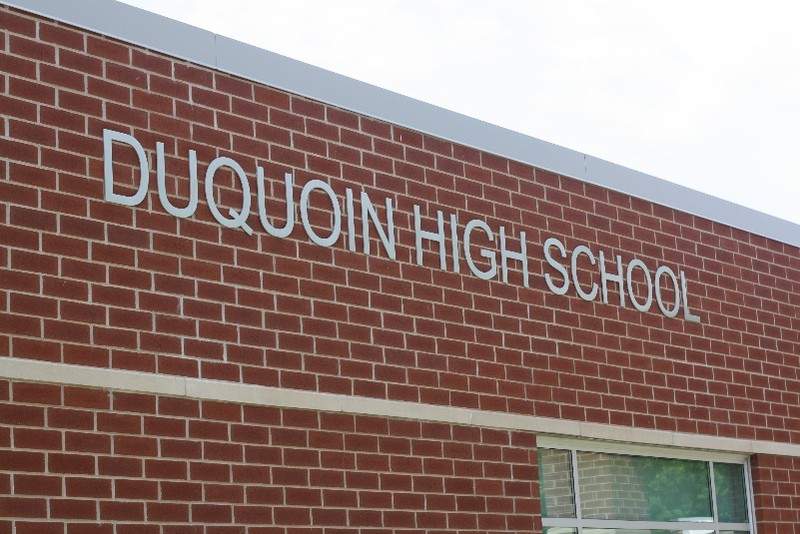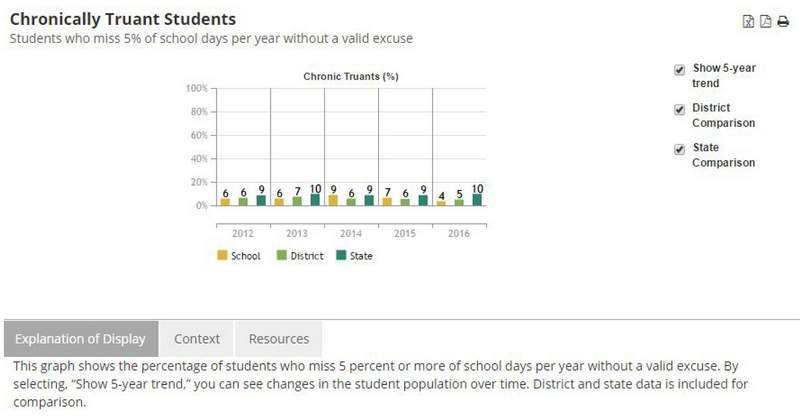At the most recent school board meeting, board members and administrators began discussing the rigor of new state standards, but ended with a round-the-table discussion of the truancy rates at Du Quoin Elementary, Middle and High schools and how each principal has noticed an increase in truancy this year.
The two topics are related because of the district's promotion policy for students dictating that if they're falling behind in their grades or have been chronically truant, they are required to attend summer school.
However, given the district's and the state's financial situation, with state payments to school districts delayed, summer school is not always financial feasible and has, in fact, been canceled several times in the last 15 years.
"If they're failing, we have used summer school as an opportunity to satisfy any gaps in attendance as well as academics," said Superintendent Gary Kelly, who added that if a student fails two of five core subjects, he or she will not be allowed to pass and must be retained.
"Our teachers do a good job helping students stay caught up, so if they're failing they've really fallen behind," said Diana Rea, principal of the elementary school.
Rea and Middle School Principal Aaron Hill told the board at the last meeting that parents were informed at the start of this school year that all kids at risk of failing reading and math would be required to attend summer school.
"That is our policy as it's written right now," Hill said. "But it must be changed in my opinion because we can't have a policy that requires summer school if having a summer school session is in doubt."
For the past five years, a 21st Century grant has funded summer school and summer food program, but that grant expires June 30.
"I know that Dr. Kelly has been able to pull funds together for this summer, but that's just this year," he said. "I recommend we change this policy going forward."
All three principals -- Hill, Rea and High School Principal Mathew Hickam -- agreed that attendance so far this school year is worse than it has been in the last few years.
"Truancy has been particularly bad in sixth grade this year for some reason," Hill said.
Statistics for this school year are not available yet, and figures for truancy over the last five years do not show an increase. However, Hickam said that this year's chronic truancy rate -- the percentage of students who miss 5 percent of school days per year without a valid excuse -- at the high school is on track to be nearly a percentage point higher than the average of the last five years.
"We are seeing many more students this year who have missed a large quantity of days," Hickam said. "For example, this year we currently have 17 students who have an attendance rate below 70 percent. Typically, we see two or three students with rates this low. While some of the 17 have had extended absences due to medical reasons, we have seen an increase in students who have large numbers of unexcused absences."
Aaron Hill, principal of the middle school, said that as of April 25, 174 students (38 percent) have missed eight or more days, and 129 students (28 percent) have missed 10 or more days of school and would be classified as chronically truant by the state.
"Obviously, attendance is a major determining factor in student success," Hill said.
Board member Karen Williams asked about possible solutions.
"So we know that attendance is at the root of this problem," Williams said. "What recourse do we have in dealing with students with truancy problems and more importantly, for their parents?"
Kelly told the board that 98 percent of truancy problems are handled by school administrators, specifically the principals, and that they spend a great deal of time talking to students and, more importantly, their parents about this problem.
"The city can write citations, which result in fines from $50 to $100, but that's not happening, nor do the police consider truancy a high priority," Kelly said. "We have been trying to work with the new state's attorney, but they have more urgent societal issues to contend with."
Board member Mark Woodside place responsibility with parents, not the school district.
"Chronic truancy is contributing to those societal issues," Woodside said. "Our schools are doing more and more for kids each year. We're feeding them more than two meals a day. Why can't parents at least make sure their kids are coming to school? The onus is on the parents."
"Yes," said Kelly, agreeing with Woodside. "Bottom line: it's the parents who are at fault in most of these cases; they're just not making their kids go to school."
"It sounds like we're teaching the wrong bunch," board member Luke Davison said. "We need to teach the parents."
State definitions of truancy
A "valid cause" for absence, according to the state, could include illness, observance of a religious holiday, a death in the immediate family, a family emergency, any other situation beyond the control of the student as determined by the board of education, or any other "circumstances which cause reasonable concern to the parent for the safety or health of the student."
A "chronic or habitual truant" is defined as a student who is absent without valid cause for 5 percent or more of the previous 180 regular attendance days (one school year).
(105 ILCS 5/26-2a) (from Ch. 122, par. 26-2a)



